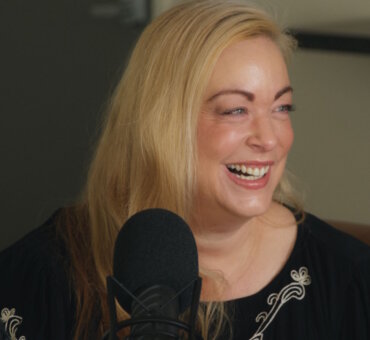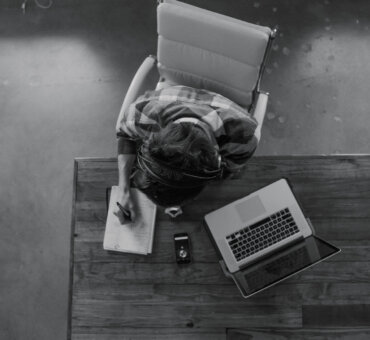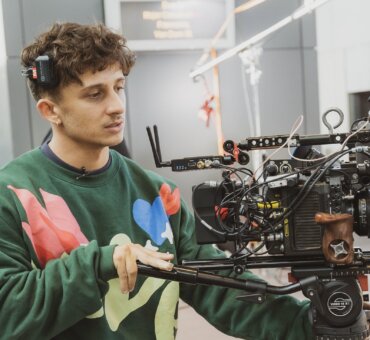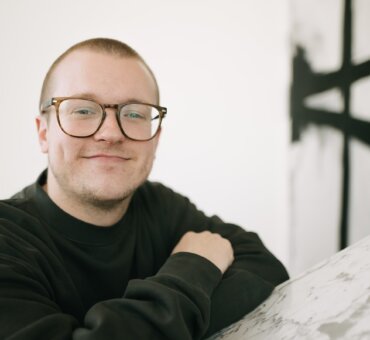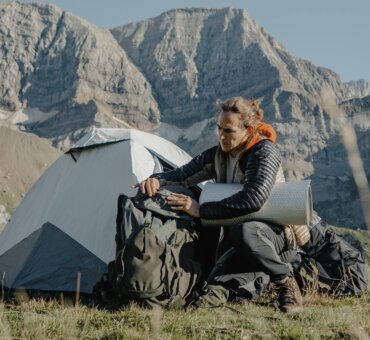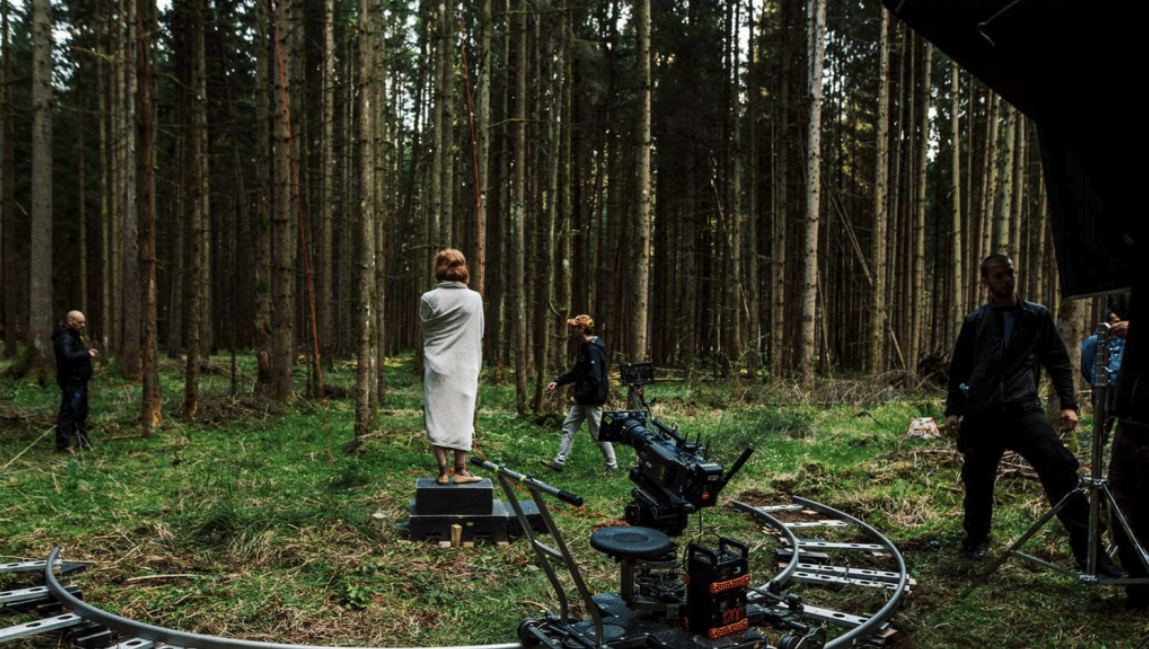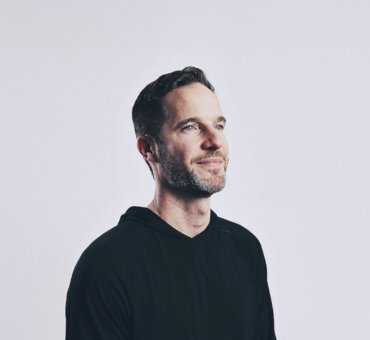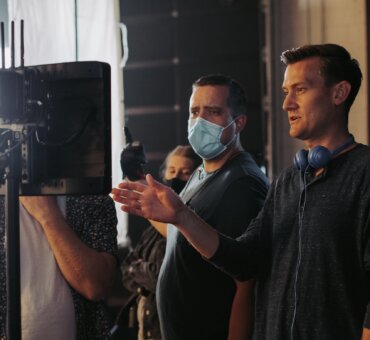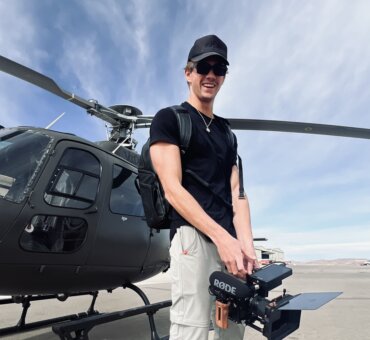When we talked with Directors Heidi Berg and Felix Soletic, along with Editor Doron Dor, about their work on title sequences including The Politician and Ratched (both the brainchild of famed writer Ryan Murphy) we thought it was the perfect opportunity to highlight some wisdom they shared. Over at Filmsupply, they walked us through both title sequences beat by beat, but here we’re going to talk about the four elements of a great title sequence.
“It’s not something you just stick in the front of the show or treat as an afterthought. Ryan [Murphy] actually uses the cadence of the title sequence to cut from one act into another act,” Felix told us. “By the virtue of that fact alone, we all felt a little bit of pressure. This was an actual part of the show. This is not just a title card.”
So, with that in mind, here are Heidi, Felix, and Doron on the important roles a title sequence plays.
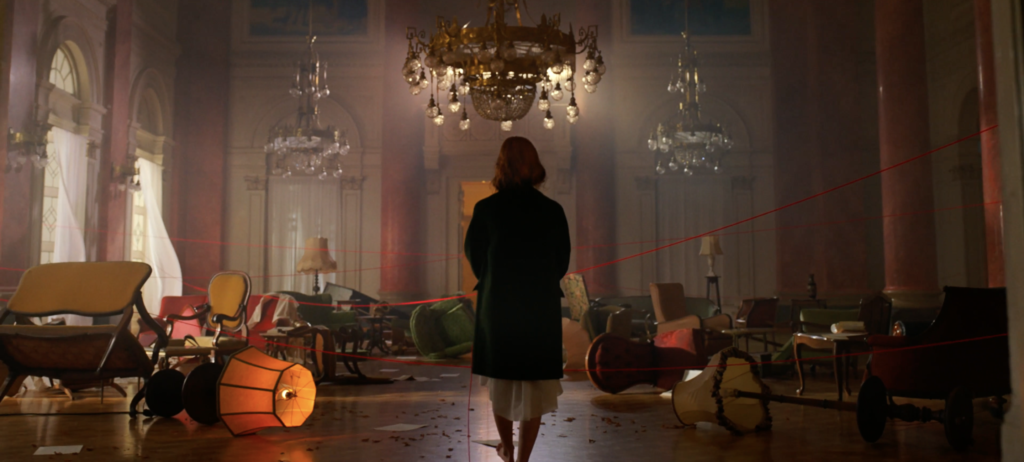
1. Title Sequences Set the Tone
At a foundational level, title sequences serve as a transition from reality to a much different place. More than signaling the start of a show, these sequences also work on a subliminal level, shifting our focus and energy, and preparing us to engage with a story more deeply.
Felix: The latest trend in title sequences is having a different title for each episode, where its color or mood, or tone can change based on the content of the episode. At its core, it’s the moment in the movie theater when the lights dim and there’s this transitory phase where the outside world is going down. It’s quieting down and whatever’s in front of you is your world for the next few hours.
Even at home, it still serves this purpose—I’m going to sit on the couch and I’m going to ground myself into this story and everything else will dim and fade. Being able to do this is awesome. The title sequence is obviously catered to the show, but it can still live in its own world. Being able to usher people into the story, but still putting your own take on it and being a part of the overall episode is a great feeling.
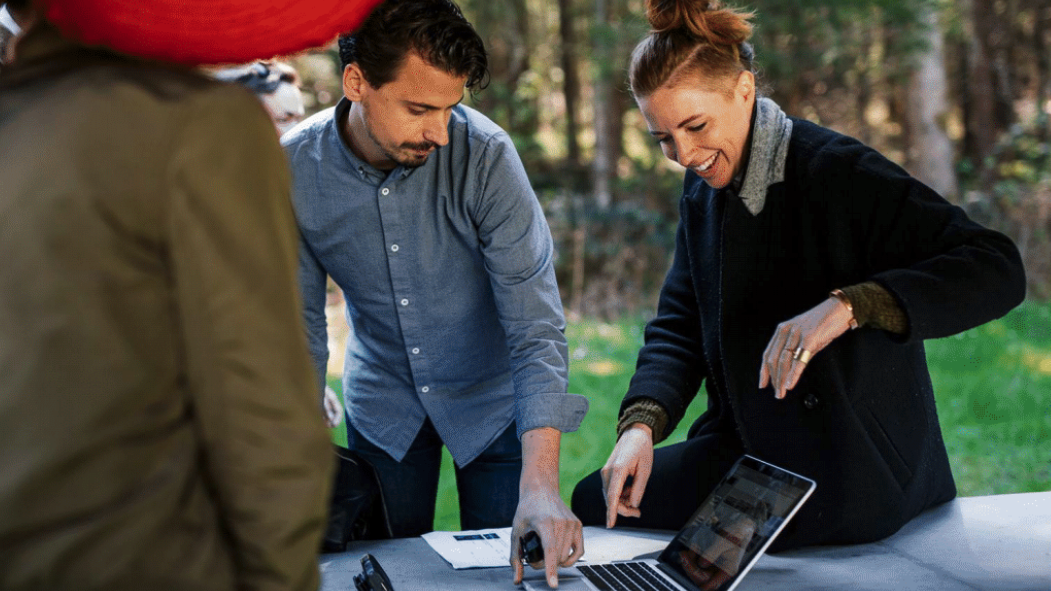
2. Title Sequences Can Inform the Edit
As we learned, Ryan Murphy uses the title sequence to actually inform the cadence and edit of his shows, starting the process before the final script is even written.
Heidi Berg: Ryan Murphy works in a very special way. On most film titles or opening sequences for television, you’re generally working with a creative team. It’s one of their head producers or one of the creators. But with Ryan, he has a really special place in his heart for opening title sequences.
If you look at what he’s done with his shows, he definitely has a very clear and obvious love of the title sequence. When we were brought in to work on Pose, that’s how he phrased it. He starts thinking about the main title before they’ve solidified what the show is entirely—before they’ve even finished writing the scripts. It’s definitely a unique experience.
Felix: What I found fascinating when we started working with him was that, as Heidi said, he starts these title sequences so far in advance before the tone of the show has been locked in. I remember him saying, “I need this now so I can start editing.” The function of a title sequence is not something you just stick in the front of the show or treat as an afterthought. Ryan actually uses the cadence of it to cut from one act into another act. By the virtue of that fact alone, we all felt a little bit of pressure. This is an actual part of the show. We live and breathe this, and when we work with showrunners who care so deeply, usually it’s the best outcome in the end.
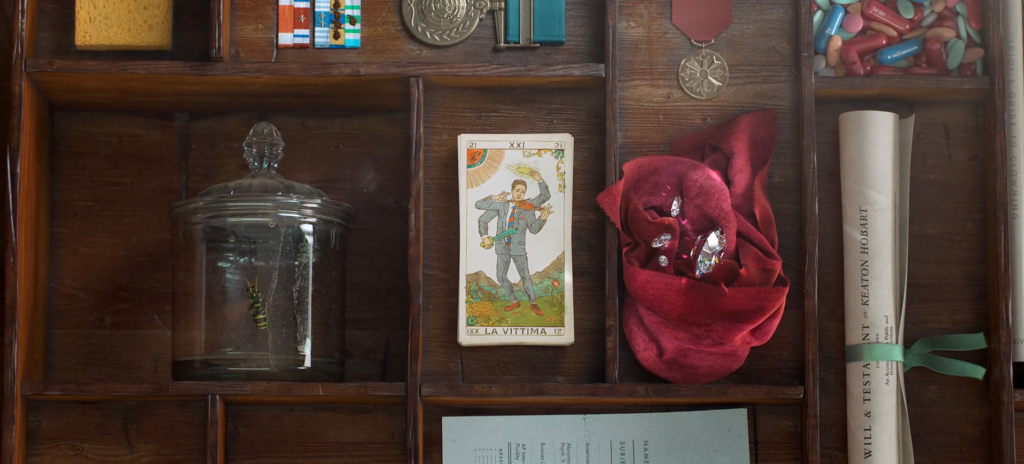
3. Title Sequences Add Depth
Beyond style and aesthetics, a title sequence can also add depth to the actual story by tackling the metaphorical and figurative sides. Whereas many parts of a script need to say things literally, a compelling sequence can play with themes and offer hints at what’s to come.
Doron: I really want a title sequence to lure me into the setup, but I still want to watch it again and again and not skip it. I want it to stand by itself. To be a piece of work that every time I watch it, I won’t say, “I’ve seen it before. I get it.” I want to see something that’s so good, even if I don’t get it at first, each time there’s something new I’ve missed.
I think that’s why a lot of people want slight variations on it, which is also really nice because a variation on every episode gives you a little Easter egg. The creator is making art for every episode, and the title designers put thought into every title sequence catered for that specific episode. That’s the ideal.
Heidi: Every time I’m doing a title sequence, there’s the grand scheme to take what the show’s themes but also create an additional container that holds metaphor, archetype, characters and objects that the viewer can project themselves onto. When we talk about The Politician, this is something that Felix and I really liked. Leaving things open to interpretation, weaving a narrative together that leans into the themes of the show or film, but not needing to be so specific.
What’s lovely about a main title sequence is that you don’t have to tell the audience exactly who this person is and what this person’s doing or their motive. There’s this opportunity to allow people to get into the mood and let them project their own interpretations and foreshadow what’s going to happen.
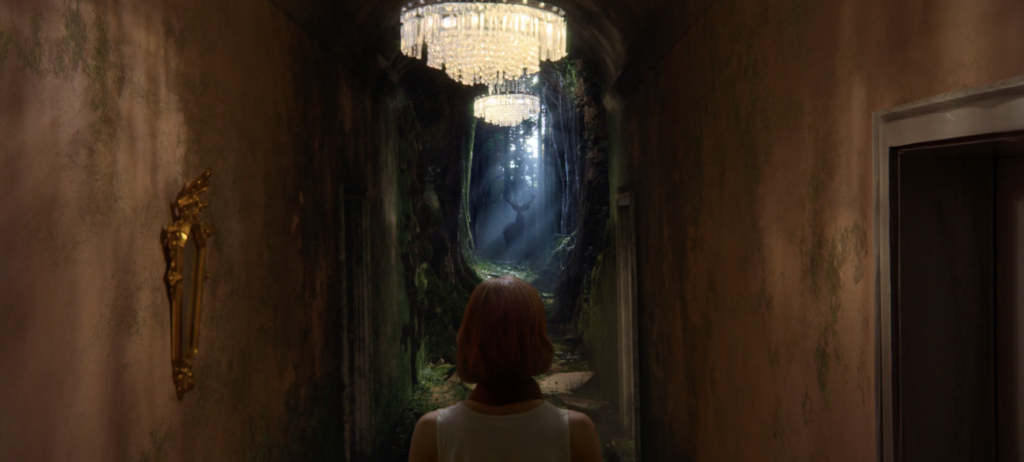
4. Title Sequences Stand Alone
And, the best part of this whole thing, is you get to create something beautiful apart from the show. Sure, it works in tangent with the story, but many title sequences can be viewed and enjoyed on their own, and serve as an opportunity for pure creativity.
Heidi: It’s so important to have a close relationship with a show’s creators. I’ve worked on projects where we’re doing a title sequence after the fact and it’s this stamped-on, secondary thought. With projects like Ratched and The Politician, you are in constant conversation about the show’s elements. Wardrobe is a huge component. Color theory is another. And, of course, location is a huge deal.
It’s a very beautiful choreography between the show itself and what we’re doing on our side with the team. How can you reflect the show visually, but also find that balance of not just echoing the show? You don’t want to just create a small version of what you’re about to watch. You really want to play in this dream space, this surreal world, this magical realism of what the show is.
Felix: It’s the joy of creating something parallel, but not necessarily matching one to one. Getting a script is a best-case scenario, but sometimes you just get a screenshot from a pilot and a 15-minute conversation with the showrunner. They’re pulling out of this word cloud above their head, they haven’t slept in three months and they say, “Go ahead and make something.” [Laughs]
We were told that what we did in the Ratched title sequence ended up informing some parts of the show and the visual language. It really is a cycle, and the best part is that no project is the same. Be in constant communication with the showrunners, but then allow yourself the freedom to freestyle with the knowledge you have. It’s important to shoot from the hip sometimes and follow your intuition, regardless of how many little nuggets of information you have. There’s beauty in taking those little ambiguous pieces, having your brain and heart process them, and turning them into something else.
For more title sequence inspiration, read about five more that have pulled their weight over the years.


